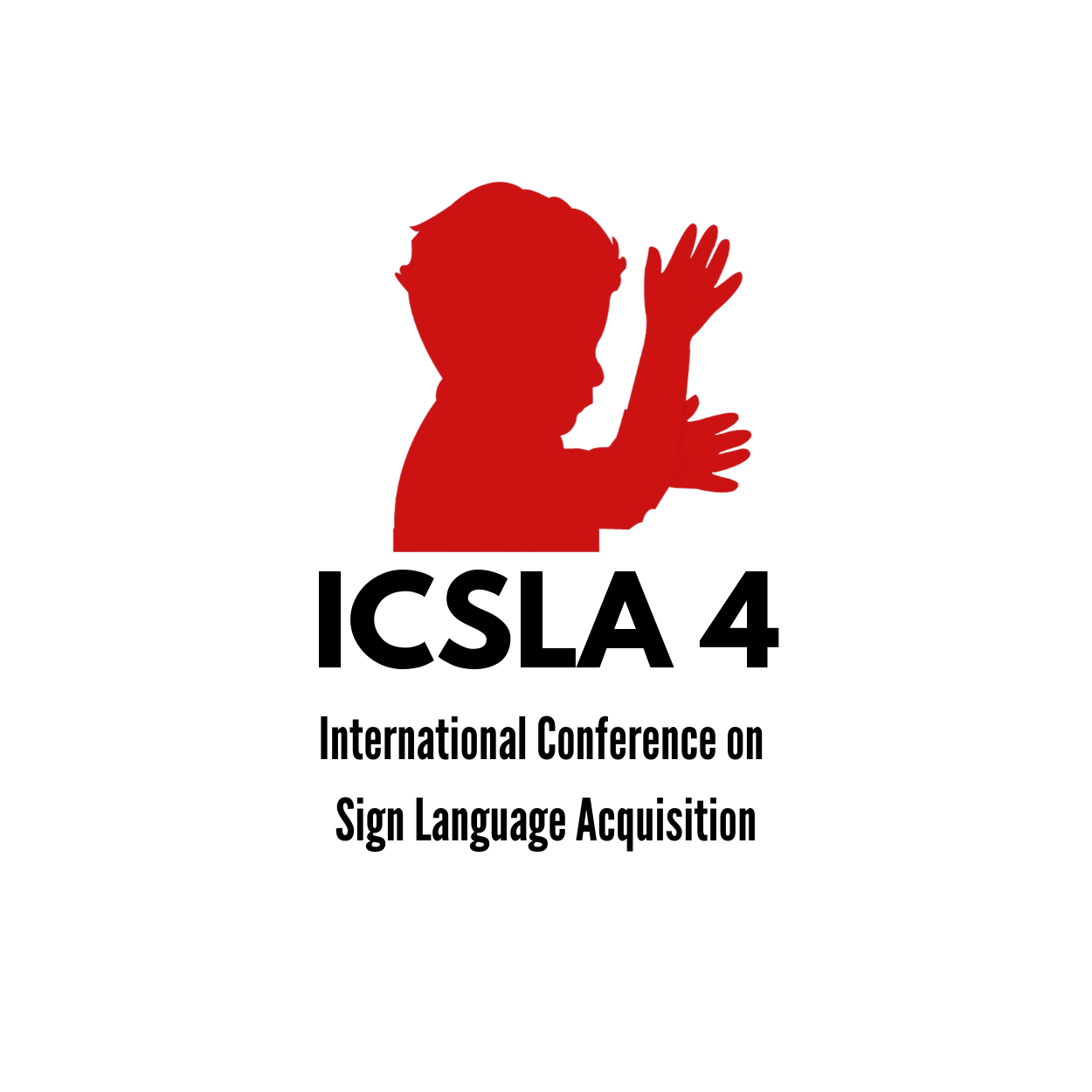Global Conference on Sign Language Explores Acquisition and Accessibility

Global Conference on Sign Language Explores Acquisition and Accessibility
Researchers and practitioners—including teachers of the deaf, sign language specialists, and early intervention providers—will come together for the 4th International Conference on Sign Language Acquisition. Hosted this year by BU Wheelock College of Education & Human Development, the conference will be held remotely from June 23-25, 2022, with access in American Sign Language (ASL), International Sign (IS), and spoken/written English.
In this Q&A, conference organizers Anna Lim and Naomi Caselli, both of BU Wheelock, talk about some of the unique opportunities and challenges regarding accessibility presented by this year’s conference. Lim is a doctoral student in the Language & Literacy program specializing in ASL and Deaf Studies. Caselli is an assistant professor in the Deaf Studies program.
BU Wheelock: ICSLA 4 is the largest global conference on sign language acquisition. What is significant about that?

Naomi Caselli: When deaf children are exposed to sign languages from birth, they learn them as effortlessly as any child learns any language. However, the majority of deaf children are born to parents who are hearing, and do not know sign language when their child is born. That means that among the biggest issues deaf children and their families face is not about hearing per se, but about how to increase access to language during early childhood.
This conference will bring together researchers and practitioners to think about how best to support sign language acquisition. We welcome all participants, including, for example, deaf and hard of hearing people who do not have auditory access to English; those who know their region’s sign language but not American Sign Language; those who know ASL but not another sign language; and those who are DeafBlind and do not have access to spoken English or sign language when it is on video and so on.
Q: What are some of the unique issues related to accessibility for an event such as ICSLA 4?

Anna Lim: There is no one sign language that is common to signing folks all over the world—each country having one or more of its own—so preparations have to be made such that the conference is accessible to them, language-wise.
Caselli: While many international conferences use spoken English as the lingua franca, English is not universally accessible, and many deaf people do not communicate in spoken English. As Anna said, each country has one or more of its own sign languages, and there is not one sign language that is widely known across the world. Together, this means that interpretation is a big part of this conference.
Q: How will the conference address these challenges?
Lim: Our announcement videos, keynotes, presentations, and posters have been interpreted into International Sign, ASL, and spoken English. Q&A sessions, focus groups, and unstructured online gatherings will have live interpreting in IS, ASL, and English.
Caselli: We are working to make everything that happens during the conference accessible in ASL, written and spoken English, and IS. That means we are asking participants to use one of those languages during presentations, questions, and discussions, and translating into all the other conference languages.
International Sign is a contact variety of sign language that is used between people who are fluent in different sign languages and don’t know a common language. It is almost exclusively used at international meetings like this, or in vlogs or other videos that are shared internationally on social media. It is not as conventionalized as regional sign languages like ASL and has a fairly limited vocabulary.
During the live portion of the conference, we will have a team of interpreters (half ASL and half IS) plus live captioners. Wherever possible, we are using deaf interpreters, these are people with specialized training in delivering high quality ASL and IS translations, particularly in high profile settings like this.
Q: What have been some of the challenges conference organizers have faced?
Lim: The time and effort it takes to assure multilingual accessibility means everything must be prepared way ahead of time.
Caselli: Like all things since COVID-19 started, there hasn’t been a real template for how to take a conference like this online. That has allowed us to think creatively about what a multilingual conference could look like and challenged us to prepare to navigate a complex communication dynamic that is new for everyone.
We originally planned for this to be a face-to-face meeting, but when COVID hit we were excited to move the conference to a remote format because it offered the opportunity to think outside the box in terms of accessibility. Real-time interpretation is less accurate than offline interpretation, and so we’ve asked presenters to submit video presentations six weeks in advance of the conference. We have a team of ASL interpreters, IS interpreters, and captioners hard at work translating all those recordings and then editing them together.
Q: What does it mean to have an international sign language conference that is truly international?
Lim: So far, international sign language conferences have come to mean Global North sign language conferences with more representation of researchers from North America and Europe. With ICSLA 4, we are hoping to promote inclusion of deaf researchers and practitioners from the Global South, especially from communities that have historically been largely overlooked.
Caselli: We have learned a lot about accessibility in planning this meeting, and there is lots of room for growth. We have barely scratched the surface of what is possible in terms of making conferences accessible to broad, linguistically diverse, international audiences.